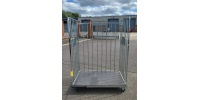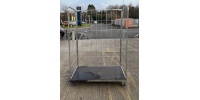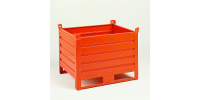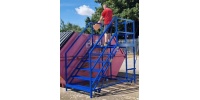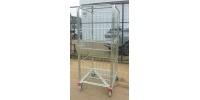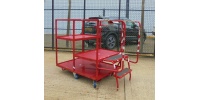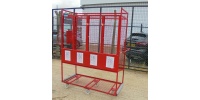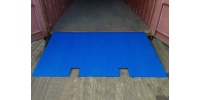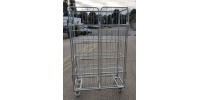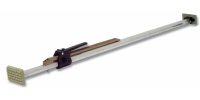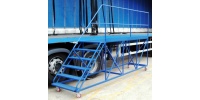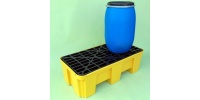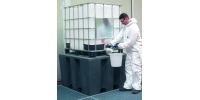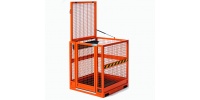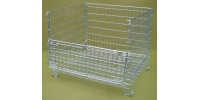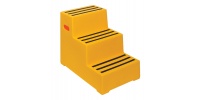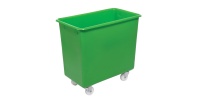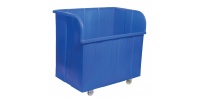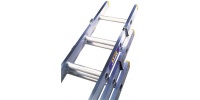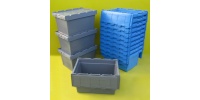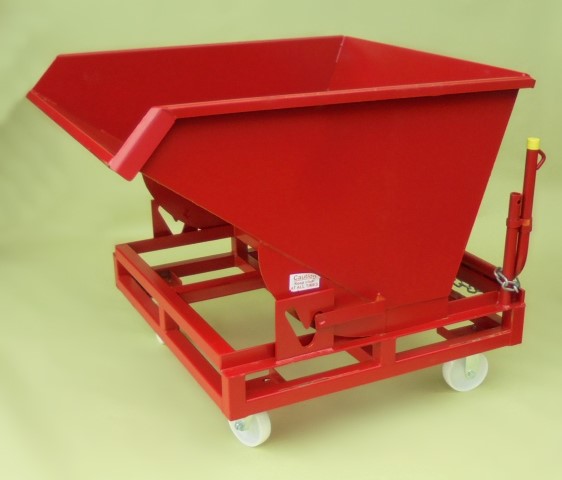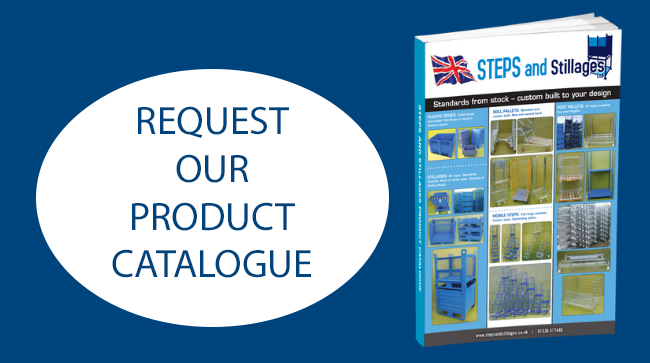The timely removal of waste is an important part of day to day operations for many businesses, as its accumulation can pose health and safety hazards for employees and damage productivity in the workplace. Constantly ferrying waste from the production line to a central collection point is not an effective use of staff time and can also affect your business’s ability to dispose of waste in an environmentally friendly manner.
Tipping skips and drop bottoms bins are effective ways to deal with the waste problem in any business, but which solution best meets your organisation’s needs?
What are Tipping Skips?
Tipping skips are invaluable for effective waste handling. Available with wheels for easy movement or integrated forklift pockets for lifting and carrying, tipping skips can be placed in strategic positions around the workplace so that workers can put waste materials inside when necessary. Later, the skips can be emptied by tipping or tilting - for example, into a large container for kerbside collection.
Tipping skips are supplied in various sizes, with a galvanised finish, skip lids and hydraulic dampers available to customise your chosen model to ensure it meets the needs of your business. Metal skips, which are powder coated or painted, are available in different colours, while polyethylene tipping skips are ideal for the hygienic disposal of food waste.
What are Drop Bottom Bins?
Drop bottom bins are sturdy steel containers that boast a high load capacity, with forklift pockets to facilitate easy moving. Like tipping skips, drop bottom bins can be filled with waste material and removed for emptying at a convenient time; however, the process of emptying these bins is different. With the bin secured to the forklift, the base is released, either as a single opening or a split base, allowing the contents to empty into a larger container or hopper. The locking mechanism can be released by the forklift driver without having to leave his vehicle, minimising the time taken to transport and empty the bin. Drop bottom bins are constructed to be robust and able to withstand heavy waste, with multiple layers of anti-corrosive primer and paint to prevent weathering.
Tipping Skips vs. Drop Bottom Bins: Which Solution is Best for my Business?
Choosing the right equipment for your business is important to ensure that your waste management programme supports your organisation’s goals. If you’re unsure which option is the most appropriate choice, consider these points:
Tipping Skips:
- Particularly suited for light waste.
- Best used on the ground for easy access to the safety catch system.
- Ideal for ‘wet’ products, as the watertight seal prevents leakage.
Drop bottom Bins:
- Handle heavy loads.
- Not suited to ‘wet’ waste or waste particles (e.g. sand) due to the potential for leakage.
- Designed to be used at height, so that waste can be emptied from the base.
- Allows automatic operation of the opening mechanism from inside the forklift.
Contact Steps and Stillages for more information
At Steps and Stillages, we’re ready to help you to choose the best waste disposal product for your business. Get in touch today and our specialists will advise you on how your business could benefit from a tipping skip or a drop bottom bin.

